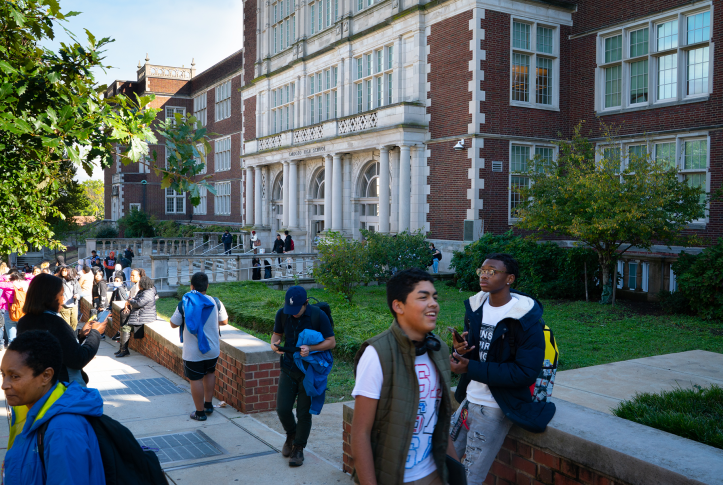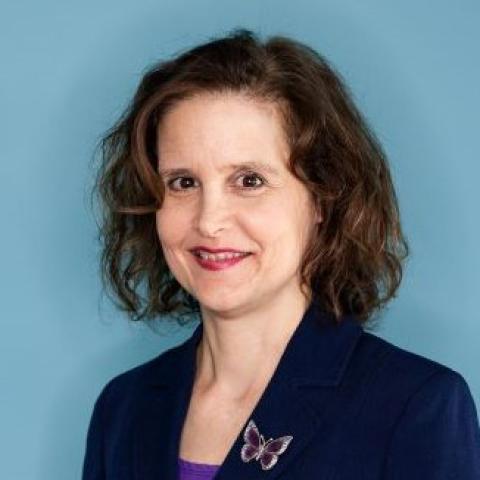In 2021, nearly 50 percent of people ages 18 to 25 reported having a mental health condition, a substance use disorder, or both. Despite having the highest rates of these conditions, people ages 18 to 25 had the lowest rate of treatment compared to adults in other age groups. Marginalized communities face even greater barriers, with data indicating that only one-third of children of color can access care for major depression, compared to one-half of white children.
In the summer of 2023, the Biden administration proposed regulations to strengthen enforcement of the Mental Health Parity and Addiction Equity Act, also known as the parity law. The law, enacted in 2008, specifies that patients must have access to mental health and substance use services that are no more difficult to access than medical or surgical services.
The proposed rule made changes to previous regulations; comments from the public were requested by October 17. To ensure the voices of young adults were reflected, Mental Health America (MHA), in partnership with the National Alliance on Mental Illness, Inseparable, the Kennedy Forum and others, organized to center the voices of young adults and help submit comments on the proposed policy changes.
Bringing the Voices of Young Adults to the Forefront
The Surgeon General has declared mental health a crisis for young people in the United States. It is therefore critical to ensure that their voices are included in policy solutions. Discussions of parity must take into account the growing reliance on teletherapy and newer phenomena such as cyberbullying and digital self-harm, where young adults are likely to have important insights and perspectives.
Mental Health America and partners convened a panel discussion to build awareness around the issue of mental health parity for young adults. The panel featured young people from late teens to early 20s. Despite varied experiences, the panelists agreed on key issues that are insufficiently discussed in mental health parity conversations. They identified the following issues:
- Social media and technology have led to an increase in mental health risks, as well as in help-seeking behavior (i.e., asking for assistance or support with a mental health need)
- Interest in and demand for teletherapy among this cohort is high but uptake is limited because of lack of availability of services and low reimbursement
- Mental health practitioners do not reflect the increasing diversity of the younger population; almost half of all American youth are nonwhite, yet more than 80 percent of mental health professionals identify as white
- Transitions from high school to college and postgrad can lead to drastic shifts in mental health, yet insurance plans and available treatment options often create complex barriers to seeking care. These include the difficulty of maintaining a flow of information as students move states and change providers and the changes in involvement of legal guardian over time.
Helping Young Adults Contribute to Policy Solutions
To help young people weigh in on the proposed parity rule, MHA provided a portal with prepopulated information and instructions for adding personal stories and submission. The MHA portal was used by young people and other advocates to submit comments to the federal government and accounted for 1,340 comments, or roughly 15 percent of the almost 10,000 total comments filed with federal agencies. Although MHA does not collect demographic information on those submitting comments, this total was the most submissions MHA has ever received through its portal.
Many young people customized their responses and added their stories of difficulties accessing care. Some wrote about their struggles to find therapists in network or denials of care because of “medical necessity” criteria. Others talked about family members who could not access critical services, such as medication management and care management. Young people from marginalized communities addressed the difficulty finding providers who were trauma-informed and specialize in areas like LGBTQ+ health.
One story was submitted by retired parents spending more than $100,000 yearly on outpatient care for their young adult daughter. They described her therapists — specialists in trauma and eating disorders — as her lifeline and yet, because none take insurance, they were risking their own financial security to give their daughter this lifesaving treatment.
Lessons Learned and Recommendations
As policymakers consider behavioral health policy changes, the voices of those most impacted should be sought out and elevated in policy discussions. Key lessons learned from the parity policy development with young people include:
- It is possible to successfully engage target populations in the regulatory process. The comments submitted to the proposed rule under this partnership demonstrate young adults have valuable, relevant experiences to share but we must make it easier for them to engage in this technical process.
- The federal government should revise the regulatory process to provide a preamble in plain language to solicit input from the public and other constituents and consider focus groups and other targeted ways, beyond written comment, to get feedback.
- Organizations and community partners should examine how they can facilitate the involvement of key groups in policy processes, keeping in mind the value of engaging the target audience to help lead in the development of messages and in crafting solutions.
- The federal government should provide education and outreach through schools, social media, and youth-focused organizations to ensure young people are aware of the opportunity to provide input in policy areas that matter to them.


